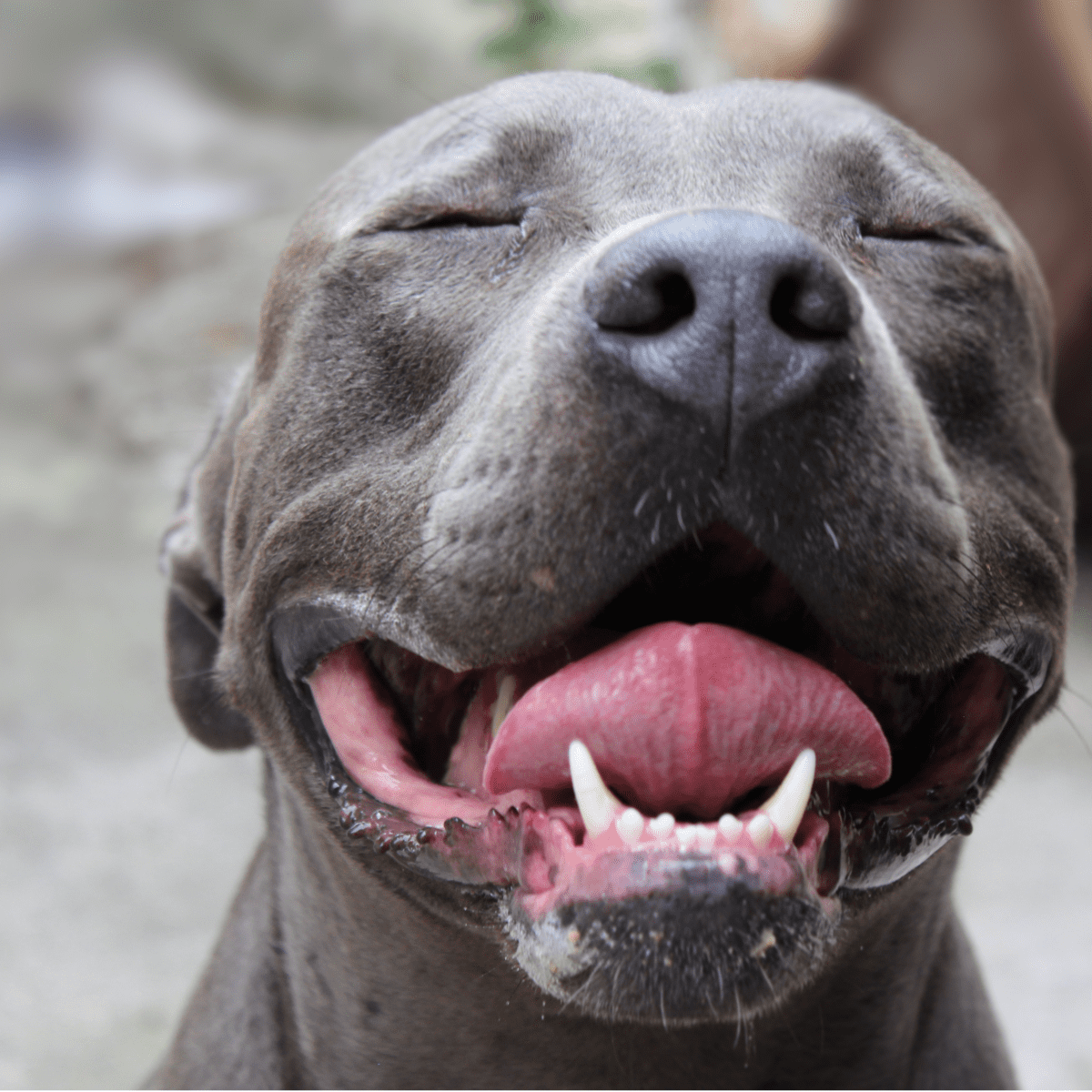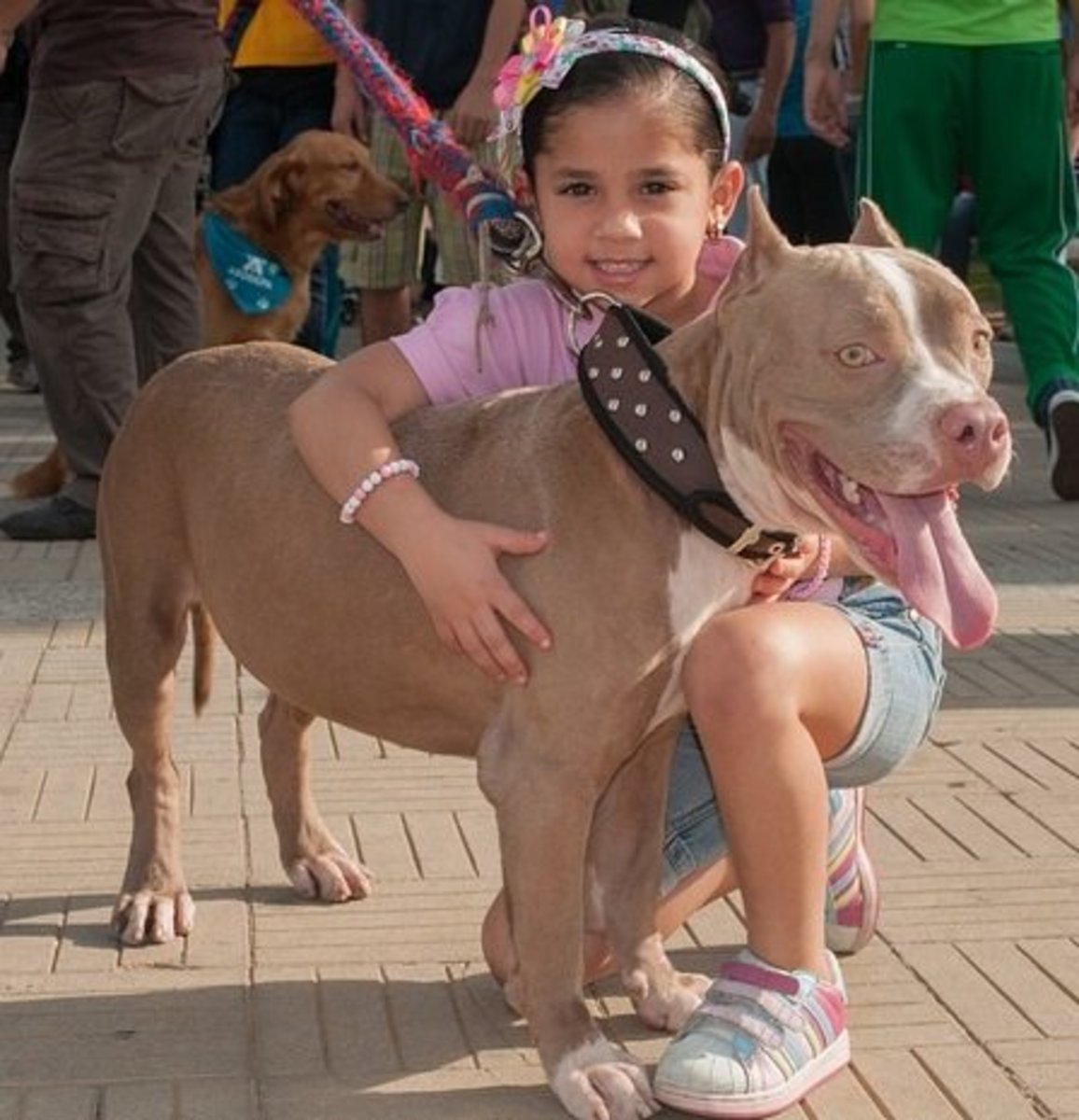Did you know that pitbulls were historically bred to be strong and tenacious working dogs? However, their unfortunate reputation for aggression has led to misconceptions and fear surrounding the breed. So, what should be done if you encounter an aggressive pitbull?
When dealing with an aggressive pitbull, it is important to prioritize safety for both yourself and the dog. Seeking professional help from a certified dog trainer or behaviorist with experience in working with aggressive dogs is crucial. They can assess the underlying causes of the aggression and create a personalized training plan. Remember, aggression in pitbulls is often a result of improper socialization, trauma, or fear, rather than an innate trait of the breed. With proper training and socialization, aggressive tendencies can be managed, and pitbulls can be loving and well-behaved companions.
If you have an aggressive pitbull, it’s important to address the behavior to ensure the safety of everyone involved. Here are some steps you can take:
- Consult a professional dog trainer to assess the situation.
- Implement consistent and positive training techniques.
- Establish clear rules and boundaries for your pitbull.
- Keep your pitbull mentally and physically stimulated with regular exercise and enrichment activities.
- Always prioritize safety and never hesitate to seek professional help if needed.
By taking these steps, you can work towards addressing the aggression in your pitbull and promoting a safe and happy environment.

What to Do with an Aggressive Pitbull: Effective Strategies and Tips
The pitbull breed often gets a bad reputation due to misconceptions about aggression. However, it’s important to remember that aggression in dogs can stem from various factors, including genetics, upbringing, and environmental triggers. If you find yourself with an aggressive pitbull, it’s crucial to approach the situation with care, understanding, and a commitment to their well-being. In this article, we will explore practical strategies and tips for dealing with an aggressive pitbull, focusing on positive reinforcement, behavior modification, and responsible ownership.
Understanding the Root Cause of Aggression
When faced with an aggressive pitbull, it’s essential to identify the root cause of their behavior. Aggression can manifest in different ways, such as fear aggression, resource guarding, or territorial aggression. Consulting with a professional dog behaviorist or trainer can help you assess the underlying triggers and create a tailored plan to address them. It’s crucial to remember that aggression is often a result of fear or insecurity, and punishment-based methods can worsen the problem.
Identifying the specific triggers that lead to aggression is a crucial step in addressing the issue. Keep a detailed log of incidents, noting the circumstances, environment, and any potential triggers. This information will help you and the behaviorist develop strategies to manage and modify your pitbull’s behavior effectively.
Additionally, it’s important to consider any previous experiences or trauma your pitbull may have endured. Rescue or rehomed dogs may have a history that contributes to their aggression. In these cases, patience, consistency, and positive reinforcement are key in helping them overcome their fear and build trust.
Key Takeaways: What to Do with an Aggressive Pitbull?
- Stay calm and avoid panicking when dealing with an aggressive pitbull.
- Never punish or physically harm the dog as it may worsen the aggression.
- Seek professional help from a certified dog trainer or behaviorist to assess and address the aggression.
- Implement positive reinforcement training techniques to redirect the pitbull’s behavior towards more desirable actions.
- Ensure the pitbull receives regular exercise, mental stimulation, and socialization to help reduce aggression.
Frequently Asked Questions
Welcome to our FAQ section on dealing with an aggressive Pitbull. We understand that managing an aggressive dog can be challenging, so we’re here to provide some guidance on how to handle this situation. Below are some common questions and answers to help you navigate through this issue.
Can an aggressive Pitbull be trained to become less aggressive?
Yes, it is possible to train an aggressive Pitbull to become less aggressive. However, it’s crucial to remember that aggression in dogs can stem from various factors, such as fear, territoriality, or past trauma. To effectively address aggression, it’s recommended to seek professional help from a certified dog trainer or a behaviorist who specializes in working with aggressive dogs. They can assess your Pitbull’s behavior, identify the underlying cause of aggression, and create a tailored training plan to modify their behavior and promote positive interactions.
Training an aggressive Pitbull requires patience, consistency, and positive reinforcement techniques. It’s important to focus on reward-based training, where the dog is rewarded for appropriate behavior rather than punished for aggression. Additionally, providing a structured environment, establishing clear rules and boundaries, and socializing your Pitbull with other dogs and people in controlled environments can also contribute to their rehabilitation process.
What should I do if my Pitbull shows signs of aggression towards other dogs?
If your Pitbull demonstrates aggression towards other dogs, it’s essential to prioritize their safety, as well as the safety of other animals and people. Firstly, it is advisable to keep your Pitbull on a leash and maintain a safe distance from other dogs until you have proper control over their behavior. Seek professional guidance from a dog trainer experienced in handling dog aggression to assess the situation and provide personalized training techniques.
In the meantime, avoid exposing your Pitbull to situations that trigger their aggression. Gradually introduce them to controlled and supervised interactions with well-behaved, balanced dogs to build positive associations and reinforce good behavior. Consistency, early intervention, positive reinforcement, and a calm and assertive approach are key when dealing with aggression towards other dogs.
How can I safely manage an aggressive Pitbull at home?
Managing an aggressive Pitbull at home requires a combination of management techniques and behavior modification strategies. Firstly, ensure the safety of everyone in the household by creating a secure environment. This may involve using baby gates to separate the Pitbull from children or other pets, using a muzzle during stressful situations, or implementing crating or confinement when necessary.
Consistency is crucial in managing aggression at home. Establishing a routine, providing mental and physical stimulation through activities such as regular exercise and puzzle toys, and using positive reinforcement for desired behavior can help redirect your Pitbull’s energy and focus. Additionally, it’s important to avoid situations or stimuli that may trigger aggression and gradually expose your Pitbull to those triggers under controlled circumstances, reinforcing calm and non-aggressive behavior.
Is it safe to adopt an aggressive Pitbull from a shelter?
Adopting an aggressive Pitbull from a shelter can be a challenging endeavor that requires careful consideration. It’s important to note that aggression in dogs can have complex underlying causes, and it may not always be possible to fully understand the history or triggers of aggression in a shelter environment. Therefore, it’s recommended that individuals without prior experience in handling aggressive dogs work with professional trainers or behaviorists before considering adoption.
However, if you are experienced and prepared to dedicate significant time, patience, and resources to work with an aggressive Pitbull, you may be able to provide them with a loving and supportive home. Ensure that you consult with shelter staff who are familiar with the specific dog’s behavior and history, and establish a relationship with professionals who can provide ongoing guidance throughout the rehabilitation process.
Can neutering or spaying an aggressive Pitbull help reduce their aggression?
Neutering or spaying alone may not completely eliminate aggression in an aggressive Pitbull. However, it can potentially have a positive impact on reducing certain types of aggression, such as hormonal aggression or aggression triggered by competition. It’s important to consult with a veterinarian or a professional dog behaviorist to determine if neutering or spaying is an appropriate option for your Pitbull based on their specific circumstances.
While neutering or spaying can play a role in modifying your Pitbull’s behavior, it is crucial to remember that aggression can have multiple underlying causes. A comprehensive approach that includes professional training, behavior modification techniques, and creating an appropriate environment is usually necessary to effectively address and manage aggression in Pitbulls.

Summary
So, what should you do if you have an aggressive pitbull? First, it’s important to remember that aggression in dogs can often be changed with the right training and support. Second, seek professional help from a dog behaviorist or trainer, as they can provide you with the guidance and techniques needed to address the aggression. Third, make sure to create a safe and secure environment for your pitbull by setting up boundaries and providing plenty of exercise. Lastly, always prioritize the safety of yourself and others by taking necessary precautions and following local regulations.
In conclusion, an aggressive pitbull can be managed through training, professional help, a safe environment, and prioritizing safety. Remember, with the right approach and assistance, your pitbull can become a well-behaved and happy companion.
